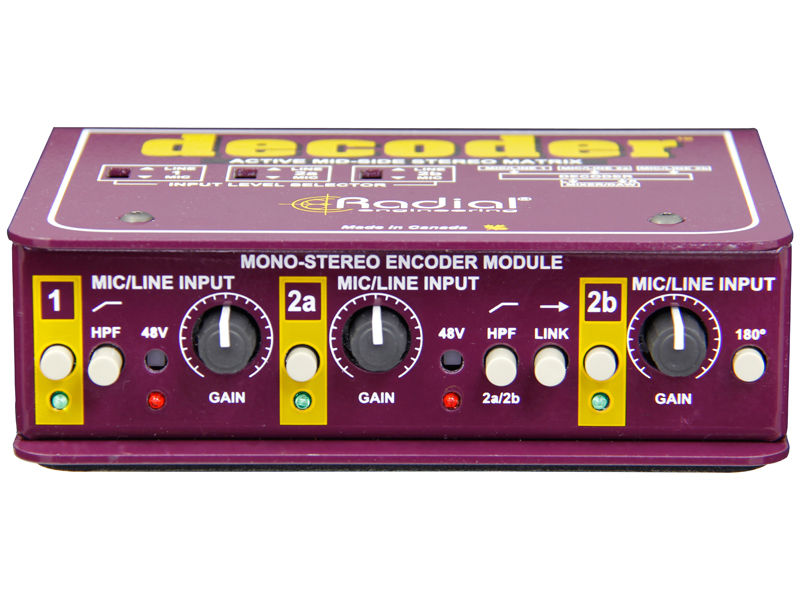
Further, IEEE 1547-2018 Standard introduces new requirements in terms of interoperability so that the DER plant/circuit segments may be seamlessly integrated with the utility networks but at the same time become vulnerable to a cyber-attack. Unintentional islanding is prohibited while intentional islanding is specifically allowed, thus effectively enabling microgrid operation mode. In general, the findings comport with previous studies of the riots, revealing the modest importance of local inequality and regional location in conjunction with the more dominant effects of black population size.The revised IEEE 1547 Standard defines new complex communication-adjustable voltage and frequency regulation and ride-through characteristics, while maintaining the general antiislanding requirement for unintentional islanding situations. The resulting measure of ?riot propensity? is then analyzed at the city level of analysis.

The present article develops the logical and mathematical underpinnings of choosing one strategy, weighting measures of rebelliousness by group size, over the others in the historical case of the 1960's U.S. There are a variety of means to measure and control for its effects, but few researchers have grounded them in systematic thought consequently, students of rebellion have no real basis for selecting one means over another.

Even though some theorists have claimed to be uninterested in the impacts of ?size,? all realize that its effects must be controlled for in the assessment of other factors thought to underlie rebellion, e.g., inequality, political responsiveness, and the coercive power of. The size of an aggrieved group is of central importance in explaining the nature and scope of its collective protests. Hard cases are resolved by a complex balancing of intramodal and intermodal arguments, in which the court evaluates not only the strength of individual arguments, but also the relative weight of the values that support our legal system, as implicated in the particular case. cases where the validity of the rule of law is unchallenged and the terms of rule are unambiguous. A system of pure logic works only in easy cases, i.e. When we attempt to reduce the decision of a case to an argument of deductive logic, the aspects of legal reasoning that are not deductive are exposed. Deductive logic plays a central role in legal reasoning, but logic alone cannot solve hard cases. This approach reveals that the base minor premises of legal arguments consist of items of evidence of what the law is, while the base major premises are the categories of legal arguments that may be legitimately made. The brief of a case is not a single syllogism of deductive logic rather, it consists of strands or chains of syllogisms - "polysyllogisms." The polysyllogistic approach is a useful means for describing the underlying structure of legal reasoning. Hard cases are cases where two or more valid legal arguments lead to contradictory conclusions. Questions of ambiguity arise when the minor premise of a proposition of law is challenged, while questions of validity arise when the major premise of a proposition of law is challenged. There are two types of hard cases: cases where a rule of law is ambiguous, and cases where the validity of a rule is in question. Although legal reasoning is logical in form, in substance it is evaluative. However, it is now recognized that the purpose of legal reasoning is not to prove to others the truth of a statement of fact, but is rather to persuade others about how the law. View full-textĪt one time law was considered to be a science this belief was associated with the concept of “natural law.” And just as law was considered a science, legal reasoning was considered to be a species of deductive logic. It has also exhibited better fault tolerance as compared to a Hopfield net for error correcting tasks of same magnitude. The system offers better results of fault tolerance under noise conditions as compared to a connectionist reasoning system which uses localist representations. System's performance with regard to its ability to exhibit fault tolerance under noise conditions is studied. The system solves the variable binding problem in a novel way using coarse-coded distributed representations of instantiated predicates without the need to decode them into localist representations. complex rules which involve multiple conjunctions and disjunctions. Distributed representations are known to give advantages of fault tolerance and graceful degradation of performance under noise conditions.

In this paper, we describe a fault-tolerant model for reasoning using forward chaining for predicate logic rules and facts with coarse-coded distributed representations of instantiated predicates in a connectionist frame work.


 0 kommentar(er)
0 kommentar(er)
